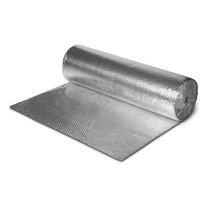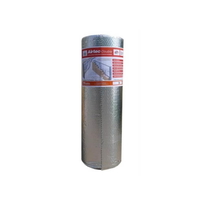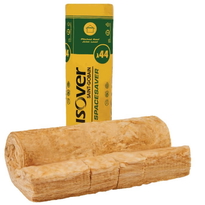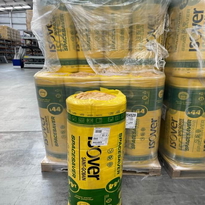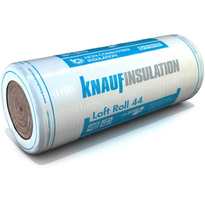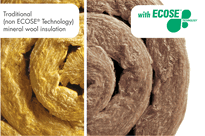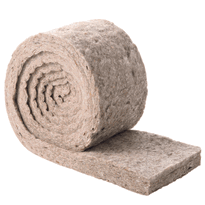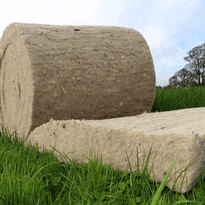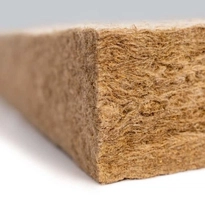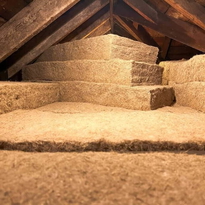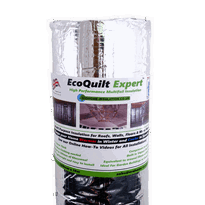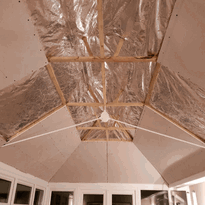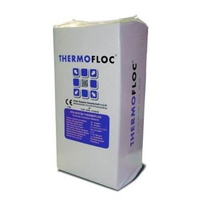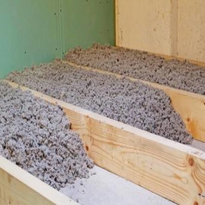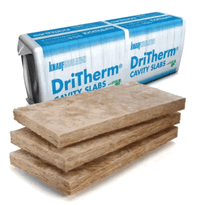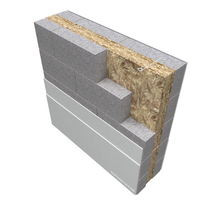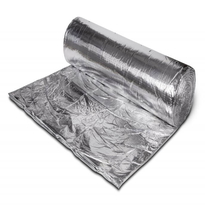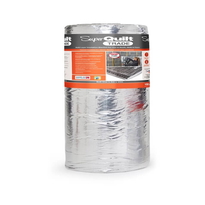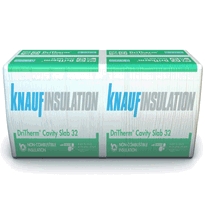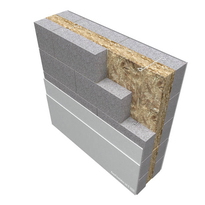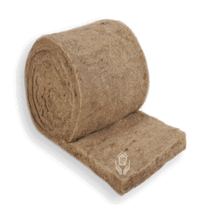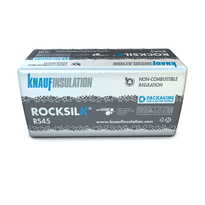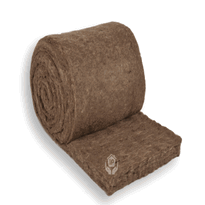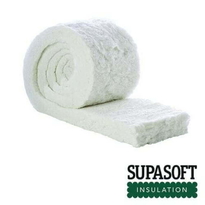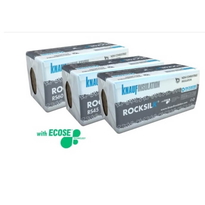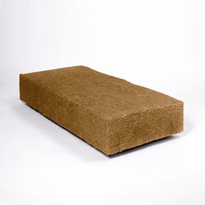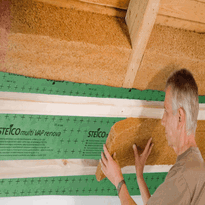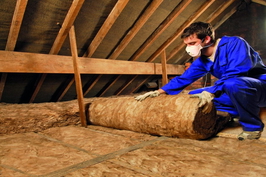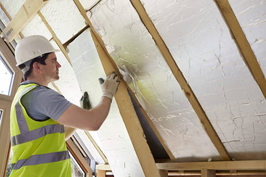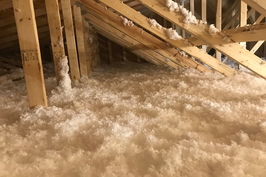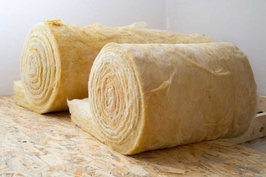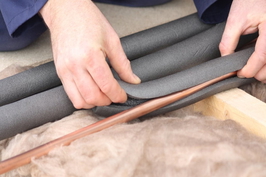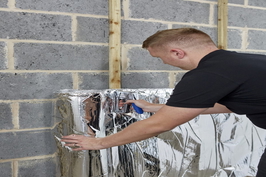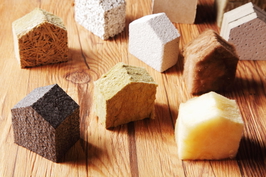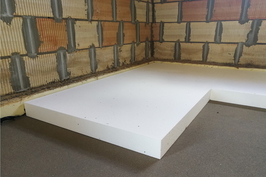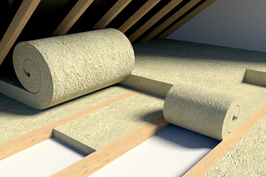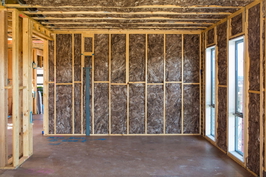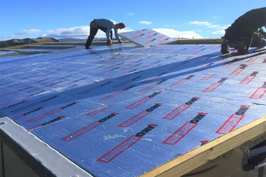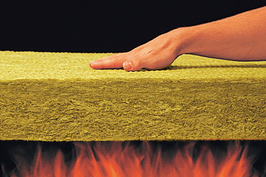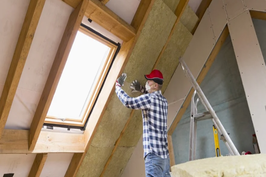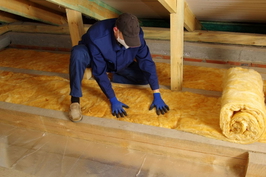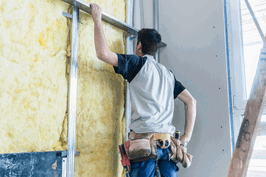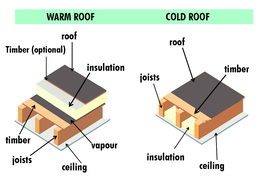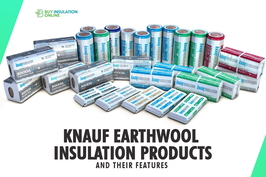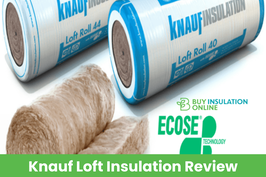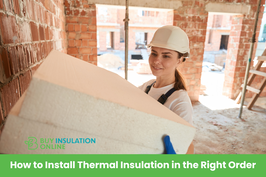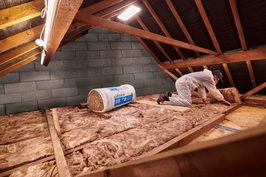Understanding the Concept and Benefits of Room in Roof Insulation
Room-in-roof insulation is a specialised approach that focuses on insulating the areas within a loft or attic space intended for daily use, rather than simply insulating the floor beneath. This method involves insulating the roof rafters, walls, and sometimes the ceiling within the loft to create a thermally efficient living space. Typically made from polystyrene or polyurethane, insulation in this area helps trap heat effectively. By establishing a continuous “warm envelope” around the room, this approach prevents heat from escaping through the roof structure, significantly reducing energy loss. Proper installation requires an assessment of the entire roof area, including windows, doors, and gaps, to ensure minimal draughts. The key benefit of room-in-roof insulation is improved energy efficiency. It not only lowers heating costs but also enhances overall comfort and property value. This technique ensures that the converted loft meets modern standards for thermal performance, providing a cosy, energy-saving living space within your home.
Essential Materials and Components for Effective Installation
Essential Materials and Components for Effective Installation
A variety of materials and components are essential for achieving effective insulation within a roof space designed for habitation, each offering unique advantages suited to specific installation requirements.
Rigid insulation boards, such as those from brands like Celotex or Kingspan, provide high thermal resistance (measured in K-Values), structural support, and minimal thermal bridging. These boards can be installed either between or over rafters and often create a smooth interior finish when covered with plasterboard.
Fibreglass batt insulation, made from fine glass fibres, is a cost-effective and readily available option. It's easy to install between rafters, subject to proper handling and protective gear during fitting. Although it may require an additional vapour control layer, it offers good thermal performance and is widely used in domestic installations.
Foam-in-place insulation, available as open-cell or closed-cell variants, expands upon application to fill gaps and spaces effectively. It helps seal the building envelope against air leakage and moisture ingress but must be applied carefully to prevent impeding timber ventilation, which is crucial to prevent moisture build-up and timber decay. Proper ventilation is essential to maintain a healthy roof space when using foam insulation.
Additional insulation options such as mineral wool, made from mineral fibres, offer eco-friendly benefits, fire resistance and soundproofing qualities. These materials are versatile and suitable for various installation contexts, providing both thermal efficiency and safety.
Selecting the appropriate materials depends on the specific requirements of the project, including the desired thermal performance, environmental considerations, and ease of installation. Properly chosen and correctly installed insulation can significantly enhance the energy efficiency, comfort, and safety of any habitable roof space.
Enhancing Home Comfort and Sustainability Through Roof Insulation
Roof insulation plays a crucial role in regulating indoor temperatures and enhancing the sustainability and comfort of your home. Proper insulation helps to reduce heat transfer through the roof, which in turn decreases the energy required for heating and cooling. This can lead to savings of up to 15% on energy bills. Upgrading to insulation that complies with current energy standards—such as achieving a U-value of 0.18 W/m²K in colder regions—can result in annual energy savings of approximately 3 to 6%. In addition to reducing energy costs, improved roof insulation maintains stable indoor temperatures, minimises drafts and temperature fluctuations, thereby increasing overall living comfort. Enhanced insulation also reduces radiant heat loss during the winter and heat gain in the summer, helping to keep your home cooler in the warmer months and warmer when it's cold outside. It can also dampen external noise, creating a quieter and more peaceful indoor environment. Furthermore, investing in high-quality roof insulation contributes to broader environmental goals by lowering carbon emissions and reducing dependence on fossil fuels. These improvements support compliance with UK building standards and promote long-term financial savings through reduced energy consumption. Moreover, the proper installation of roof insulation can improve airflow management, which is vital for preventing moisture buildup and potential structural damage through better ventilation.
Conclusion
Effective room-in-roof insulation relies on selecting suitable materials, such as rigid boards or foam insulations, and ensuring professional installation to optimise thermal performance. Proper application minimises heat transfer, enhances indoor comfort, and supports energy efficiency. Attention to detail during installation—such as sealing gaps and managing moisture—plays a crucial role in maintaining durability and effectiveness. Implementing these best practices promotes sustainable building operation and offers long-term cost savings in heating and cooling.










